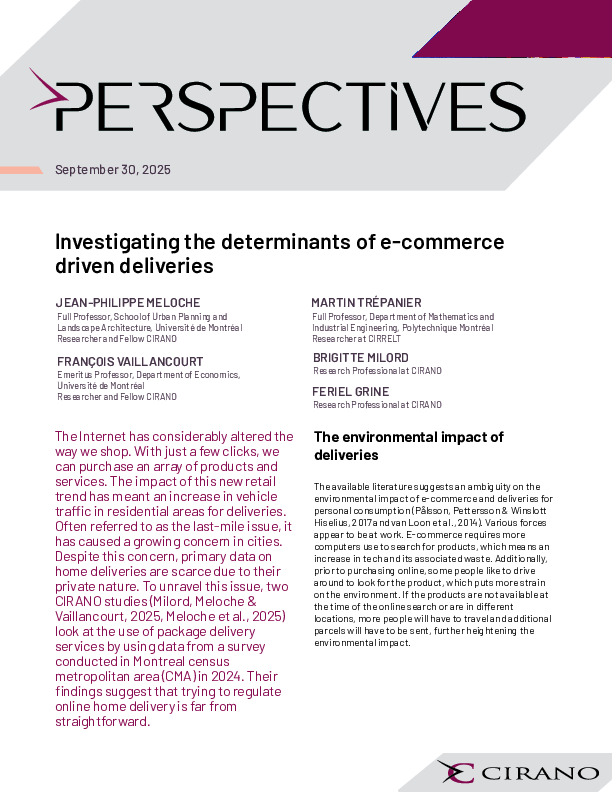Shadow Banking and Regulation: A Quantitative Assessment
We develop a framework to quantitatively assess the links between traditional and shadow banks and how these links are modified by regulatory reforms in the traditional banking sector. In the model, banks screen projects and originate loans, and then sell some of these loans (securitize them) to shadow banks, in order to redeploy capital and invest in alternative productive investment opportunities. This capital redeployment towards profitable investment implies a potentially socially beneficial role for shadow banks. However, the availability of securitization might also lead banks to screen projects less intensively and increase risk-taking. We explore the quantitative implication of this tradeoff and how it is affected by regulation of the traditional bank sector.




